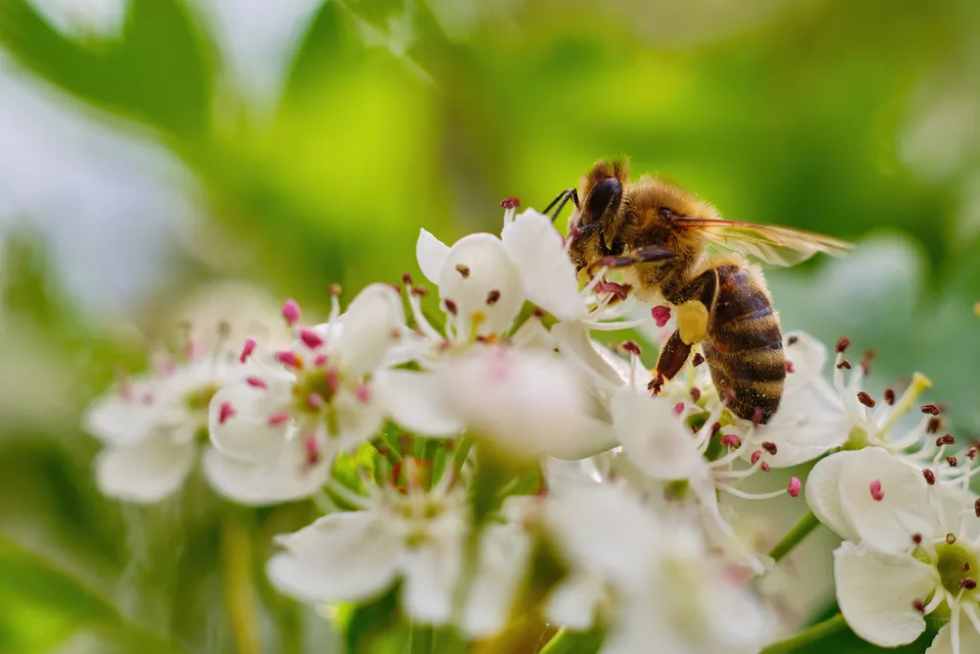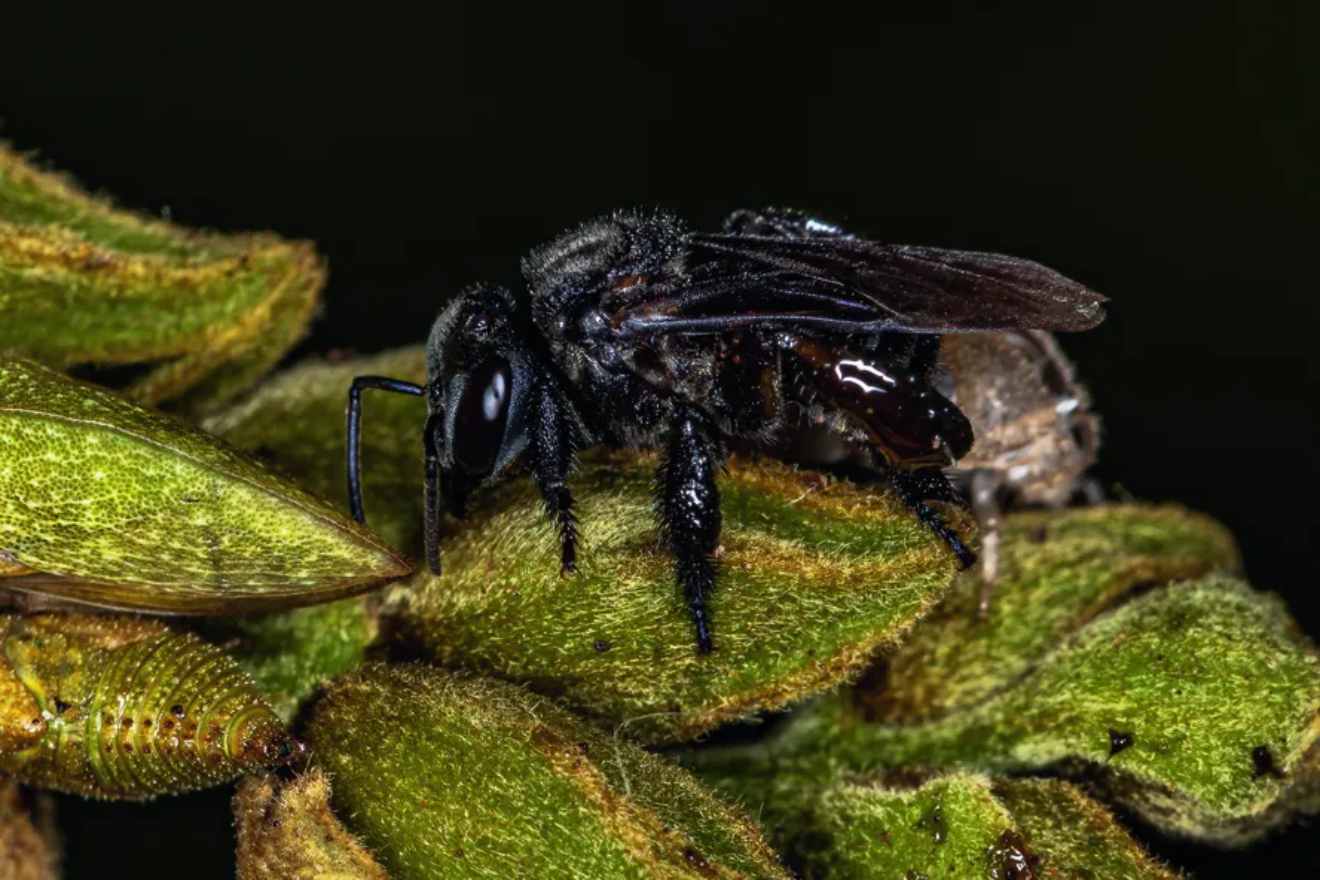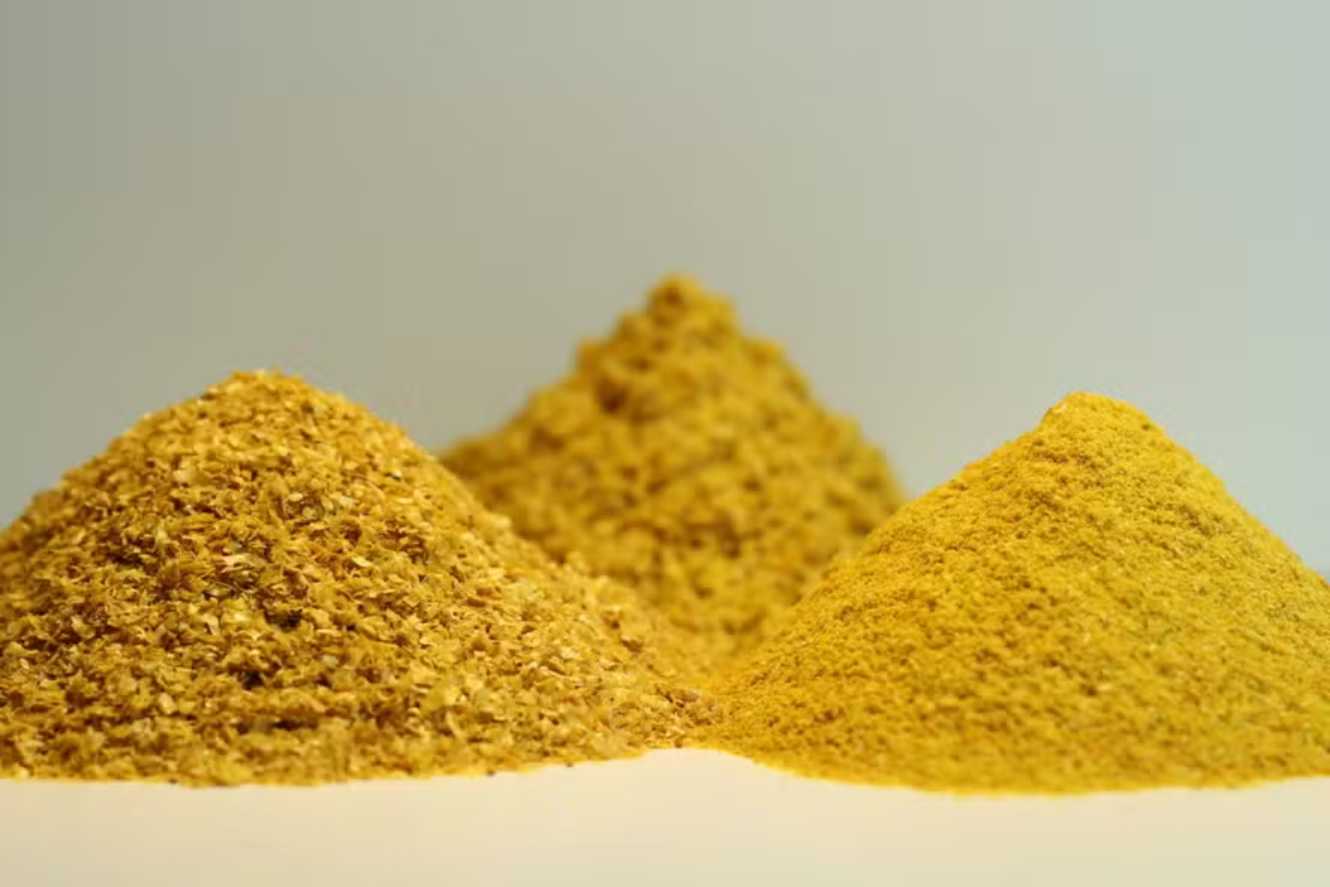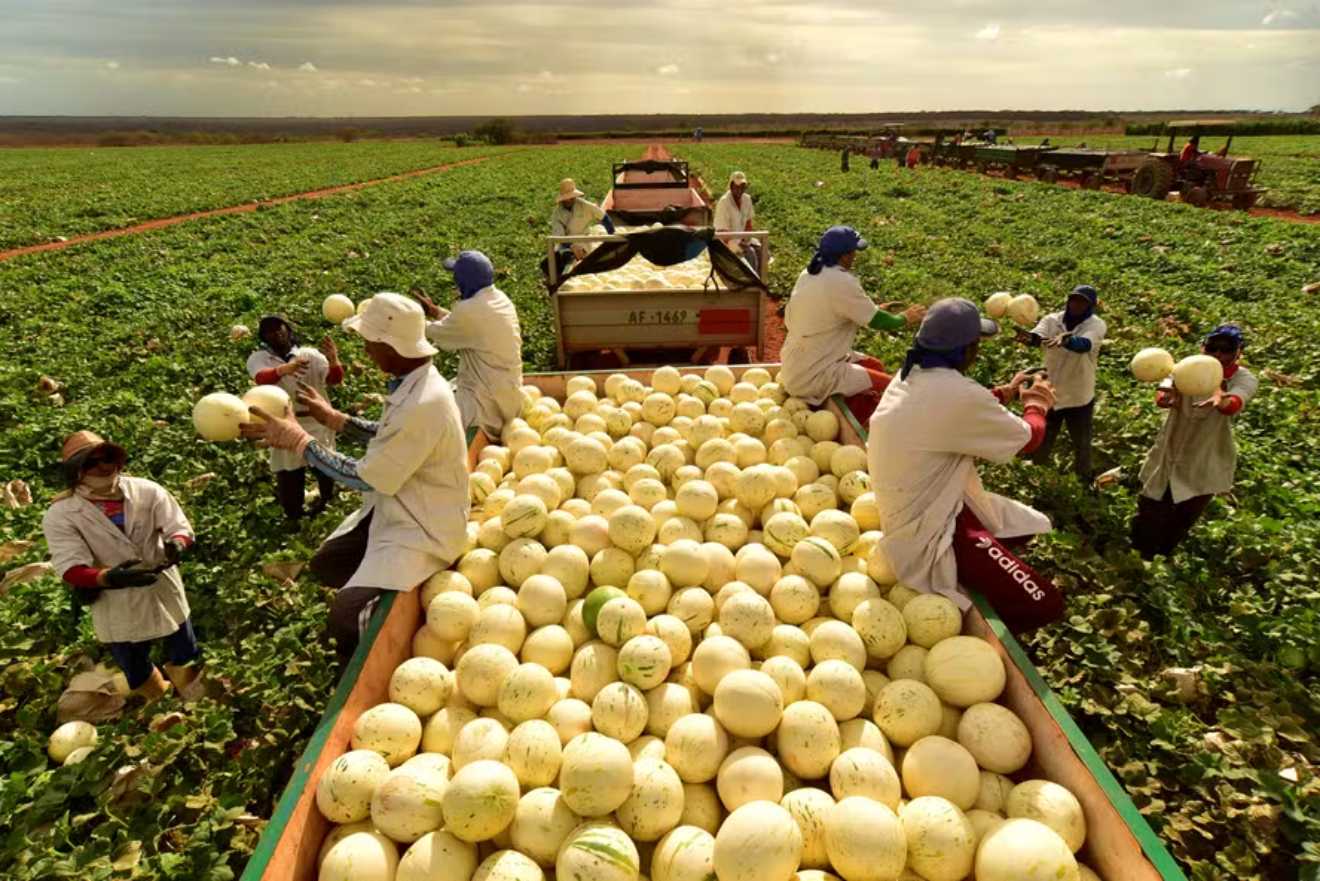Whether for personal consumption or to increase income, breeding stingless bees has gained significant popularity in Brazil in recent years.
Meliponiculture is the practice of breeding stingless bees (Meliponini), an activity that has been growing steadily across the country.

The primary goal of breeding stingless bees is honey production, mainly in the North and Northeast, or the sale of hives, more common in the South and Southeast. While meliponiculture has long been popular, it gained even more attention during the COVID-19 pandemic. The practice spread throughout Brazil, driven by both leisure interest and the potential to increase household income. The expansion was further promoted by widespread outreach and support programs from associations and research institutes focused on this field.
The Brazilian Agricultural Research Corporation (Embrapa), for example, launched an online meliponiculture course for beginners and created a specialization to professionalize urban audiences.
As stingless bees have underdeveloped stingers, they pose no risk in urban areas and can even be bred in backyard spaces. Innovations such as new traps for bee capture and improved colony reproduction techniques have also boosted the practice.
In intensive systems, with the use of techniques, artificial feeding, and proper pest control, beekeepers can increase the number of colonies from one to three or four per year.
However, while demand for equipment for setting up new stingless bee apiaries has grown, the availability of materials and commercial-scale production still falls short of the full potential of meliponiculture in the country.
Honey Production
For retail distribution, stingless bee honey is priced between R$ 100 and R$ 120 per kilogram, about ten times more expensive than conventional honey. This high price is due to its unique properties, such as containing a type of slow-absorbing sugar and being rich in potential antibiotic benefits (still under scientific study). The honey’s scarcity also adds to its value.
One of the most commonly farmed species, the jataí bee, produces about 300 to 500 grams of honey per year, with the most productive colonies reaching 3 to 4 kilograms annually. The honey from stingless bees varies widely in flavor, from sweet to tangy or citrusy, and sometimes woody, with intense floral aromas. This variety makes it difficult to standardize or regulate stingless bee honey in the formal market.
Some states have specific regulations for the commercialization of this honey, with opportunities to obtain a federal inspection seal. Despite this, the practice still faces regulatory hurdles hindering its full development.
How to Breed Stingless Bees
In addition to honey, other products such as propolis, pollen, and beeswax can be harvested from the approximately 60 species of stingless bees (measuring up to 2 cm) found in Brazil, some of which are region-specific, such as the uruçu-negra (Melipona capixaba) from the mountainous regions of Espírito Santo.
Due to the rapid multiplication of worker bees and the high demand for hives, meliponiculture has become a profitable business. For those interested in starting an enterprise, bee colonies represent an excellent investment, often yielding returns within six months of sales.
Environment and Regulations
Since 2020, beekeepers must obtain authorization from the state’s agricultural defense agency to acquire bees from licensed meliponaries or to capture them from natural nests in tree hollows, termite mounds, and other locations. This measure, part of a revision by the National Environment Council (Conama), has simplified the process.
Before starting bee breeding, it’s important to consider the ideal environment. The location should be surrounded by vegetation within a 1.5 km radius, as bees need to visit flowering plants for nectar and pollen. Additionally, clean water should be available nearby.
A meliponary (bee farm) typically consists of wooden boxes or other materials like cork or gourds. These boxes can be purchased from agro-supply stores or made by hand. If hives are placed on shelves inside a barn, space should be maintained 0.5 meters apart. If placed on individual supports outdoors, hives should be spaced 1.5 meters apart.
Other essential equipment includes chisels, tape, feeders, and a protective veil. Bees feed primarily on nectar from nearby plants for sugar and pollen for protein, vitamins, and minerals. However, during periods of flower scarcity, bees can be fed with a mixture of honey from Apis mellifera (the European honeybee) diluted with water or sugar syrup.
Breeding Care
To avoid ants from invading the hives, apply burned oil to the bases of the boxes. While protective equipment is not mandatory, it’s advisable to wear a veil, as the bees may become agitated and attempt to sting if they feel threatened, releasing an irritating substance that can cause discomfort.
When it comes to reproduction, colonies should only be divided once they have reached an advanced stage of development. After splitting, attention should be paid to feeding and pest control to ensure healthy colony growth.
Breeding stingless bees can be a rewarding and sustainable activity that contributes to both personal enjoyment and the local economy. By following the right practices and taking care of these unique creatures, you can help ensure their health and the success of your meliponiculture venture.
X-Ray of Stingless Bee Farming
- Minimum Farming: For leisure purposes, it is recommended to have at least three hives to ensure the activity remains sustainable. For commercial scale, it is advised to start with 50 colonies.
- Cost: The initial investment for a meliponary with 50 colonies can range from R$ 14,300 to R$ 22,700, depending on the region, the species of bee chosen, and the farming goals.
- Return: For annual honey production of 25 to 200 kilograms, the return can range from R$ 3,000 to R$ 24,000. If the focus is on colony multiplication, generating one to three daughter colonies per year, the return can vary from R$ 12,500 to R$ 60,000.
Source: João Mathias





